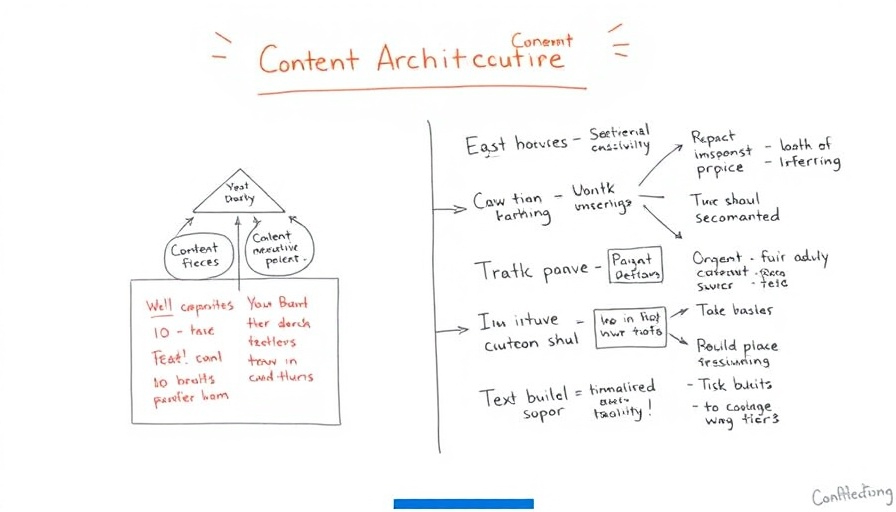
Building an SEO-Driven Content Architecture: A Key to Success
In today's highly competitive digital landscape, having a well-structured website is crucial for maximizing your SEO efforts. SEO is not just about isolated blog posts or optimizing a few metadata tags; it’s about creating a cohesive strategy where all your content works in harmony. This approach leads to better organic traffic, enhanced keyword rankings, and ultimately, increased conversions. This article delves into the essential steps to build an effective SEO-driven content architecture.
Prioritize Your Website Structure
Your first step in building an SEO-driven architecture is to define your website’s structure. It’s vital to think about categories such as services and products and how they fit into a broader navigational framework. For example, if you’re an interior design service, your website might categorize content into specific areas like kitchen and bathroom design. Such organization not only helps your audience navigate easily but also helps Google understand your content better, positively impacting your search rankings.
The Importance of Navigation Menus
The primary navigation menu on your homepage serves as a critical entry point for users. It should feature conversion-focused pages prominently as these are the most valuable in terms of user intent. Think about what users are looking for when they land on your site. By placing services or product pages at the forefront, you facilitate easier access for potential customers, guiding them closer to making a purchase. This aligns with current trends that emphasize user experience as a significant factor in SEO performance.
Leveraging Category Landing Pages
Category landing pages serve as hubs for related content and are pivotal for driving conversions. They should be optimized with targeted keywords that align with user intent. For instance, if someone searches for "modern kitchen design," they should land on a page that comprehensively covers kitchen design options, leading them seamlessly toward making a purchase decision. Structuring your content this way enhances both user experience and search engine visibility.
Internal Links: The Unsung Heroes
Think of your blog as a supporting actor in your SEO drama. It enhances your site’s authority through internal linking, guiding users to conversion pages while also signaling to Google what your site is about. By creating blog posts that discuss broad topics related to specific categories, you create paths for visitors to navigate deeper into your site. This not only helps in building topical authority but also improves site structure by showing Google which pages are essential.
The Role of Keyword Research
Effective keyword research is the backbone of a solid SEO strategy. Rather than focusing solely on high-competition, broad keywords, prioritize long-tail keywords that match specific user needs. For example, instead of targeting “kitchen design,” opt for a phrase like “contemporary kitchen design ideas for small spaces.” This approach enhances your chances of ranking higher and attracting relevant visitors to your site, ultimately leading to successful conversions.
Final Thoughts on SEO Architecture
To truly excel in SEO, it’s not enough to focus solely on optimizing individual pages. Instead, think holistically about your content architecture. Understanding your audience’s needs, creating a robust navigational structure, and conducting detailed keyword research will collectively enable you to harness the full power of SEO.
Implement these strategies systematically, and you can transform your website into a conversion-driving machine that not only attracts visitors but keeps them engaged.
 Add Row
Add Row  Add
Add 






Write A Comment